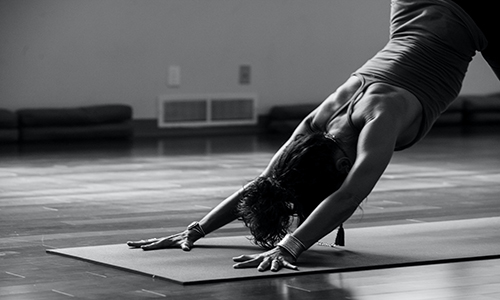Joint inflammation and pain go hand-in-hand. Like any medical condition, their causes and cures may be varied and complex.
Perhaps you’re nursing a sore tennis elbow, that hip is always flaring up, or you’re walking a painful path toward knee replacement. Ways to relieve joint inflammation can involve non-strenuous exercises and stretching, medication and topical treatments, and chiropractic work.
Here are a few steps to ease the pain
1. Simple exercises and stretching
Getting the motivation to do this can sometimes be difficult. But getting moving and stretching can strengthen muscles and ligaments that support joints. (Helpful hint: weakness causes instability and pain).
Fight weakness with strength. Done correctly, these exercises are safe and suitable for all ages and ability levels (click here for instructions):
- Hip bends, swings and rolls,
- Shoulder rolls,
- Trunk rotations, and
- Biceps and triceps (arms) and hamstring and quadriceps (legs) stretches.
None of these require additional weights or resistance, but they may be added to tolerance. Our active friends also may enjoy zero-impact activities like bicycling and swimming to strengthen, stretch and soothe aching joints.
2. Medications
Few self-respecting doctors today easily prescribe opioids for pain management, except for the treatment of well-documented, serious injuries. Rightly so. The risk for addiction and the myriad societal issues that follow are too great.
You can relieve joint inflammation and pain, however, with an appropriate dose of an over-the-counter (OTC) nonsteroidal anti-inflammatory drug (NSAID) containing aspirin or ibuprofen, like Tylenol or Motrin, or naproxen sodium, like Aleve. Follow dosing recommendations. Severe liver damage and/or intoxication can occur if taken too much or combined with alcohol.
3. Chiropractic intervention
Chiropractors do much more than crack necks. The therapy adjusts and realigns the spinal column to improve the performance of the entire nervous system. In turn, this positively affects every single bodily function.
A chiropractic realignment also releases tension and the buildup of fluids and gases that lubricate the vertebrae. It may come as a surprise, but chronic pain in your left foot may be relieved in just one adjustment. Chiropractors use more than 150 techniques to adjust the spine, joints and muscles to address individual vertebrae corresponding to specific nervous system activities. They’re particularly effective in treating osteoarthritis.
4. Supplements
OTC supplements like glucosamine and chondroitin are natural components of cartilage. Cartilage, the padding between bones, wears down over time — especially from long-term and repeated stress from higher-impact activities like football and basketball. Supplements rebuild cartilage and reduce joint inflammation naturally.
5. Topical treatments
OTC creams and balms work for temporary joint pain relief. Methyl salicylate, the active ingredient in Bengay, blocks nerve signals. Similarly, creams containing capsaicin, a natural substance in chili peppers, also slow pain signals to the brain.
6. Injections
Serious joint injuries and inflammation that don’t respond to less-invasive treatments may require a steroid injection or fluid removal. Beware: these treatments offer only temporary relief, and they’re often the last step before surgery.
Proactive and Reactive Steps to Reduce Joint Pain and Inflammation
You can take action and improve your joint health. But when discomfort becomes chronic, contact a great chiropractor in Parrish, FL as a therapy option before minor pains become serious injuries. Schedule an appointment at our new location or call us at (941) 933-1500.


